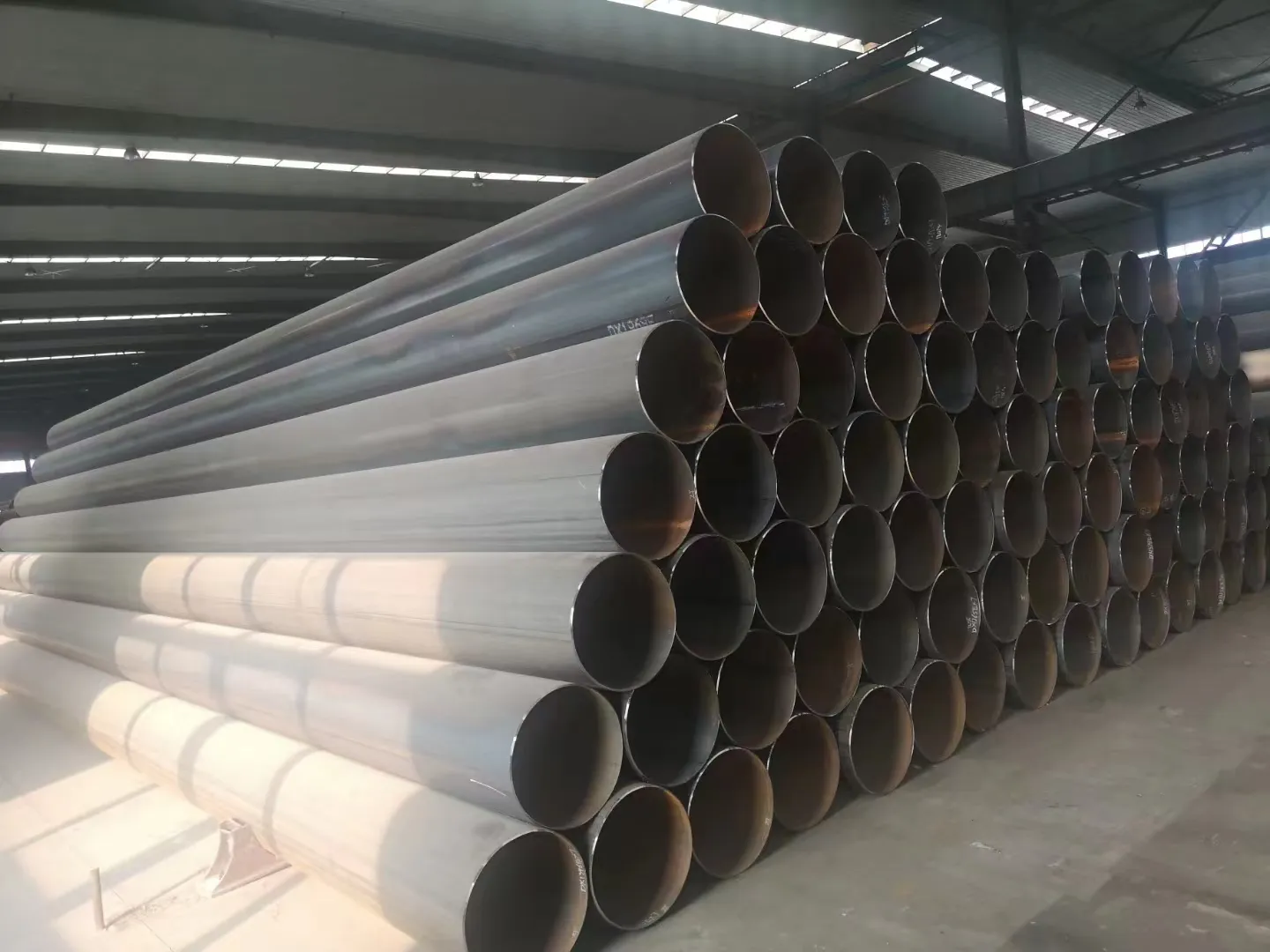-
Cangzhou Yulong Steel Co., Ltd.
-
Phone:
+86 13303177267 -
Email:
admin@ylsteelfittings.com
- English
- Arabic
- Italian
- Spanish
- Portuguese
- German
- kazakh
- Persian
- Greek
- French
- Russian
- Polish
- Thai
- Indonesian
- Vietnamese
- Zulu
- Korean
- Uzbek
- Hindi
- Serbian
- Malay
- Ukrainian
- Gujarati
- Haitian Creole
- hausa
- hawaiian
- Hebrew
- Miao
- Hungarian
- Icelandic
- igbo
- irish
- Japanese
- Javanese
- Kannada
- Khmer
- Rwandese
- Afrikaans
- Albanian
- Amharic
- Armenian
- Azerbaijani
- Basque
- Belarusian
- Bengali
- Bosnian
- Bulgarian
- Catalan
- Cebuano
- China
- China (Taiwan)
- Corsican
- Croatian
- Czech
- Danish
- Esperanto
- Estonian
- Finnish
- Frisian
- Galician
- Georgian
- Kurdish
- Kyrgyz
- Lao
- Latin
- Latvian
- Lithuanian
- Luxembourgish
- Macedonian
- Malgashi
- Malayalam
- Maltese
- Maori
- Marathi
- Mongolian
- Myanmar
- Nepali
- Norwegian
- Norwegian
- Occitan
- Pashto
- Dutch
- Punjabi
- Romanian
- Samoan
- Scottish Gaelic
- Sesotho
- Shona
- Sindhi
- Sinhala
- Slovak
- Slovenian
- Somali
- Sundanese
- Swahili
- Swedish
- Tagalog
- Tajik
- Tamil
- Tatar
- Telugu
- Turkish
- Turkmen
- Urdu
- Uighur
- Welsh
- Bantu
- Yiddish
- Yoruba

Nov . 18, 2024 22:21 Back to list
slip on flange class 150
Understanding Slip-On Flanges Class 150
Slip-on flanges are a popular choice in piping systems, especially for those operating at lower pressure ratings. Among the various classes of slip-on flanges, the Class 150 designation is one of the most commonly utilized. This article delves into the specifications, applications, advantages, and disadvantages of Class 150 slip-on flanges.
What is a Slip-On Flange?
A slip-on flange is a type of flange designed to be slipped over the pipe’s end. They are welded both on the inside and the outside to ensure a secure connection. This design simplifies alignment and allows for easy installation in piping systems.
Class 150 Specifications
The Class 150 slip-on flange is engineered to handle pressure ratings up to 285 psi at 100°F. The temperature rating may vary with different materials, but the general pressure-temperature rating chart indicates that Class 150 flanges are suited for moderate pressure applications. Typically, these flanges are made from various materials, including carbon steel, stainless steel, and alloy steel, which confer different properties like corrosion resistance and durability.
When looking at dimensions, Class 150 flanges conform to the standards set by the American Society of Mechanical Engineers (ASME) B16.5. This standard outlines the sizes of flanges, ensuring interoperability across various piping systems. A common size range for Class 150 slip-on flanges is from ½ inch to 24 inches in diameter.
Applications
Class 150 slip-on flanges are ideally suited for applications in industries such as water supply, HVAC systems, and oil and gas extraction, where moderate pressure and temperature conditions are prevalent. They are particularly useful in piping systems where maintenance and repair might be frequent, as their design allows for easier disassembly compared to other flanged connections.
Advantages of Slip-On Flanges
slip on flange class 150

1. Ease of Installation Slip-on flanges are easier to fit onto pipes compared to welded flanges, making them a preferred choice when quick assembly is needed. 2. Cost-Effective Typically, slip-on flanges are less expensive than their counterparts. They require less material and are generally quicker to produce.
4. Minimal Space Required Compared to other types of flanges, slip-on flanges need less room for installation, making them suitable for tight spaces.
Disadvantages
Despite their advantages, there are some downsides to consider
1. Weld Quality The integrity of the slip-on flange connection heavily relies on the quality of the weld. If the weld is not properly executed, it may lead to leaks and failures.
2. Pressure Rating Limits While Class 150 flanges are rated for moderate pressures, they may not be suitable for high-pressure applications, necessitating the use of flanges with higher pressure ratings.
3. Potential for Corrosion The area between the pipe and the flange can become a potential site for corrosion if not properly maintained, especially in environments prone to moisture.
Conclusion
Class 150 slip-on flanges offer a practical solution for moderate pressure applications in various industries. Their simplicity in installation, cost-effectiveness, and flexibility make them an attractive option for engineers and maintenance professionals. However, proper welding practices and maintenance are vital to maximize their efficiency and lifespan in piping systems. As with any engineering component, the choice of flange ultimately depends on the specific requirements of the project at hand.
Latest news
-
ANSI 150P SS304 SO FLANGE
NewsFeb.14,2025
-
ASTM A333GR6 STEEL PIPE
NewsJan.20,2025
-
ANSI B16.5 WELDING NECK FLANGE
NewsJan.15,2026
-
ANSI B16.5 SLIP-ON FLANGE
NewsApr.19,2024
-
SABS 1123 FLANGE
NewsJan.15,2025
-
DIN86044 PLATE FLANGE
NewsApr.19,2024
-
DIN2527 BLIND FLANGE
NewsApr.12,2024
-
JIS B2311 Butt-Welding Fittings LR/SR 45°/90° /180°Seamless/Weld
NewsApr.23,2024











